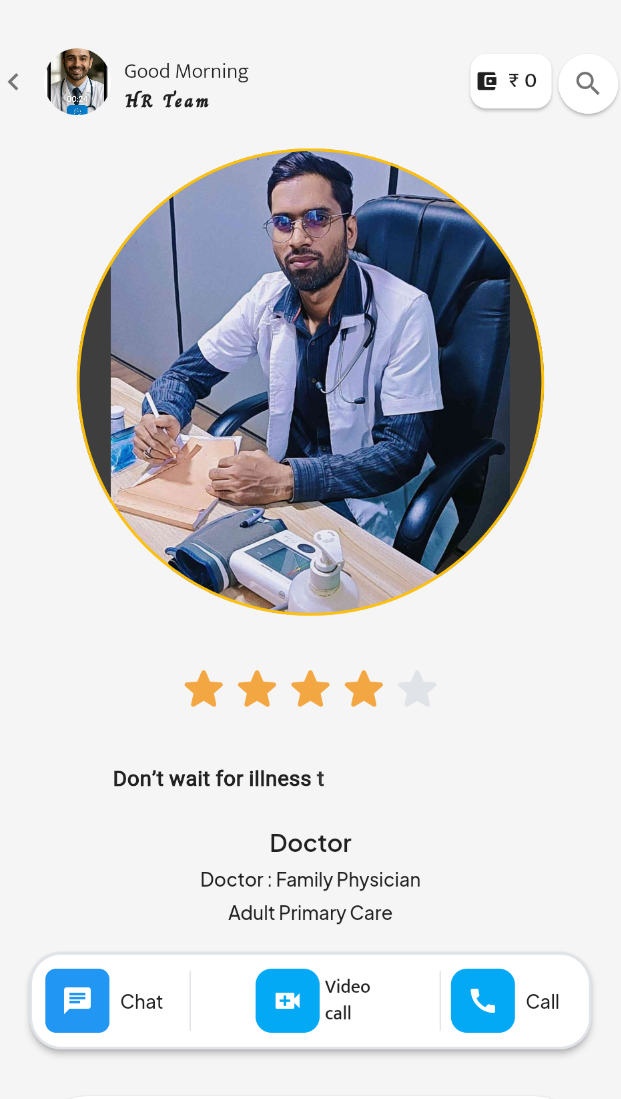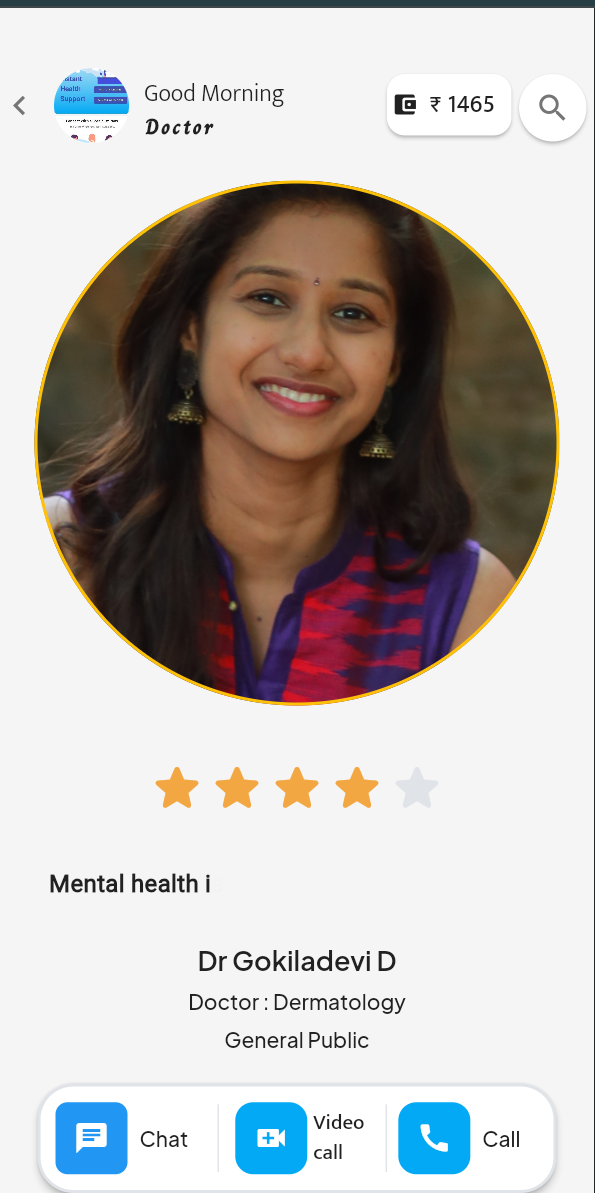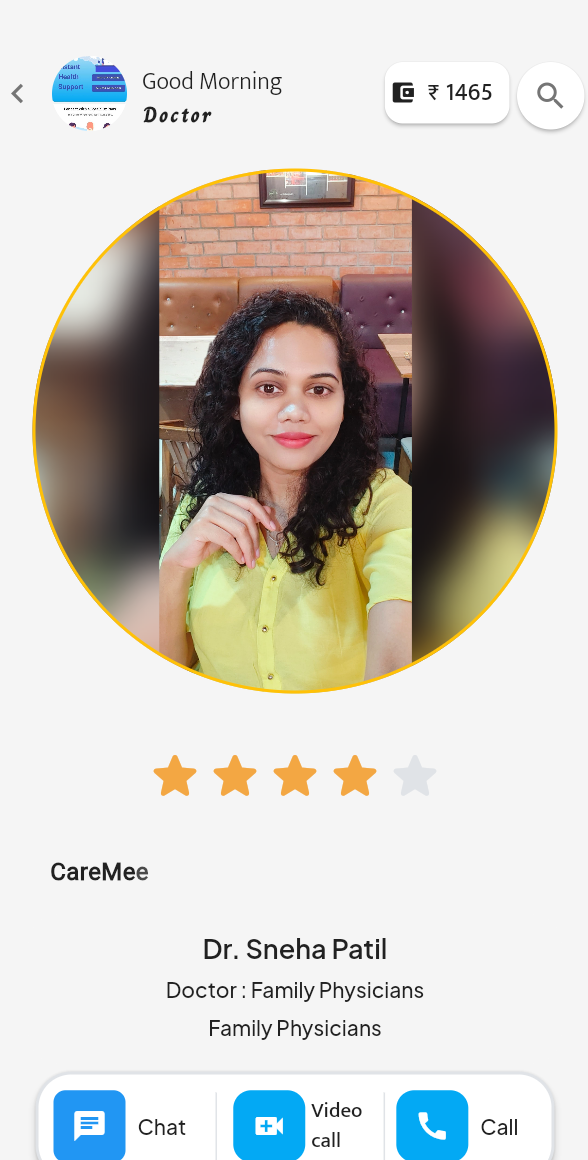Digital Health Tech Application Platform
Connecting 2,500+ Health Professionals with patients through per-minute consultation charges, AI-powered specialist matching, and advanced digital marketing—making healthcare accessible and affordable
Health & Wellness Articles
Expert insights from our network of 2,500+ verified health professionals
Healthy Diet 2025
Explore latest diets to keep you fit and energetic with evidence-based nutrition advice from certified dietitians.
Mental Health Awareness
Why mental health matters and how to take care of your psychological well-being with practical strategies.
Fitness for Busy Lifestyles
Quick tips and routines for people with tight schedules to maintain health and fitness effectively.
Our Network of Health Professionals
Join 2,500+ verified doctors, nutritionists, Ayurveda practitioners, homeopathy experts, and fitness specialists



Certified & Registered
Viswell Solutions Private Limited is a registered Digital Health Facility under Ayushman Bharat Digital Mission, recognized by government authorities.
What Makes Caremeez Different
Per-Minute Consultation Charges
Revolutionary pricing structure where patients pay only for the time they need. No expensive flat fees, no hidden charges—ensuring consultation remains affordable and transparent.
One-Tap AI Specialist Matching
Our intelligent LLM technology understands your problem and takes you directly to your concerned specialized doctor's category with one tap. No more guessing which specialist you need.
Cross-Platform Access
Accessible anywhere, anytime. From smartphones to tablets to computers, Caremeez works seamlessly across all platforms.
Social Media Marketing Strategy
We help health professionals through video content creation, sharing good health practices on social media platforms, and creating health influencers with advanced digital marketing—ensuring clients reach our professionals.
Compliance-First Approach
Every feature designed within Indian Medical Council guidelines and HIPAA regulations. We prioritize patient privacy and professional ethics.
Professional Social Network
Connect all health professionals together at our social media platform within our app. Collaborate, share knowledge, and build influence while following Indian Medical Council and HIPAA Rules and Regulations.
 Visiwell solutions
Visiwell solutions